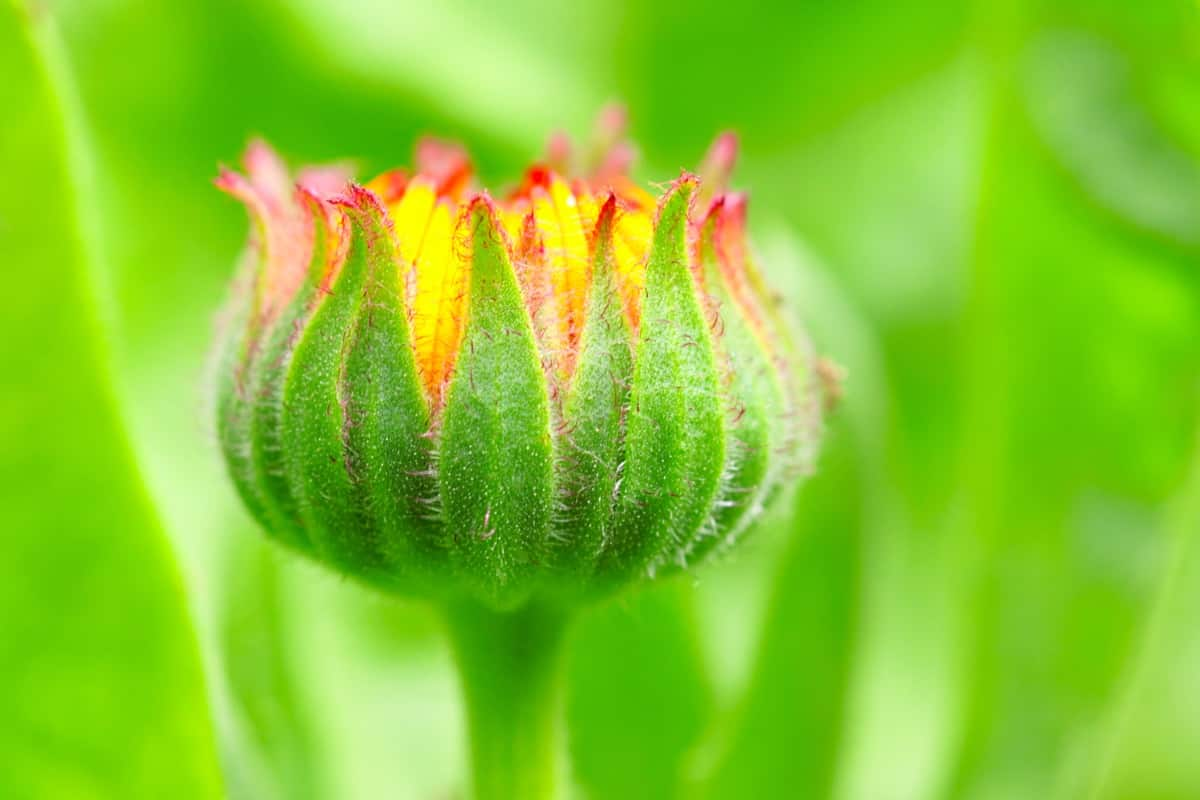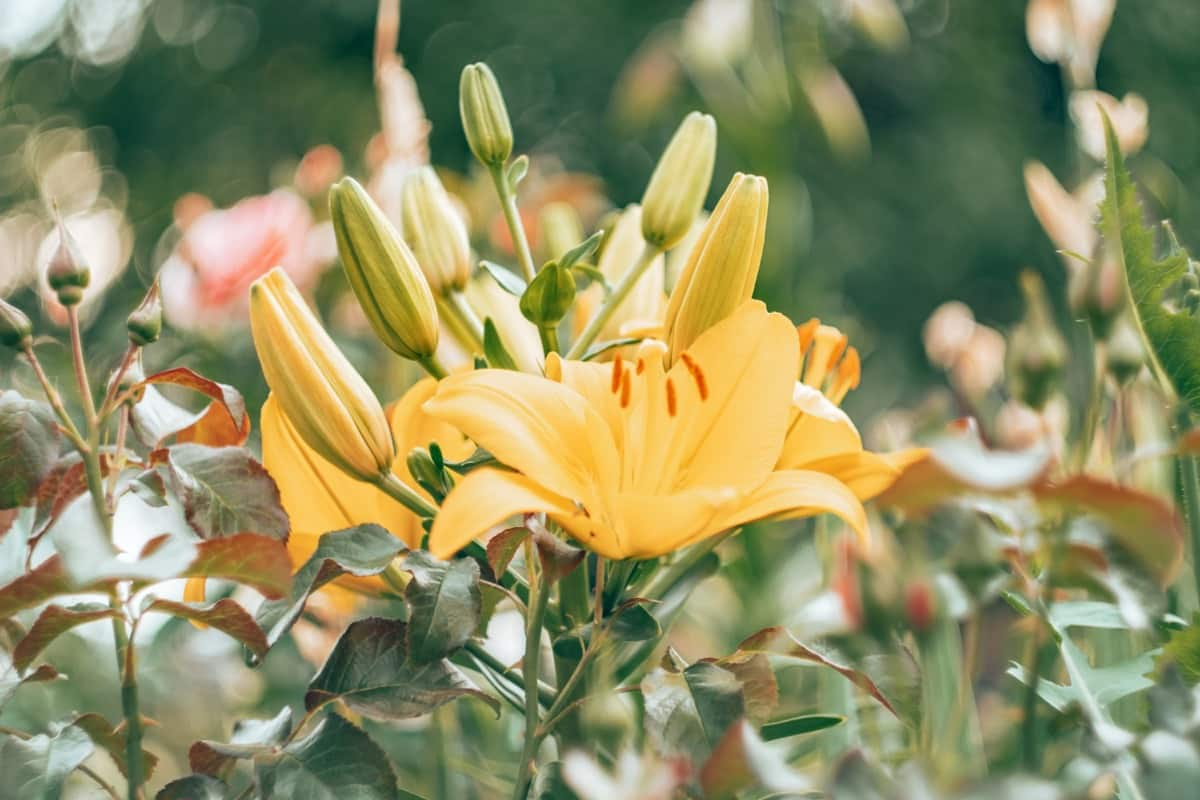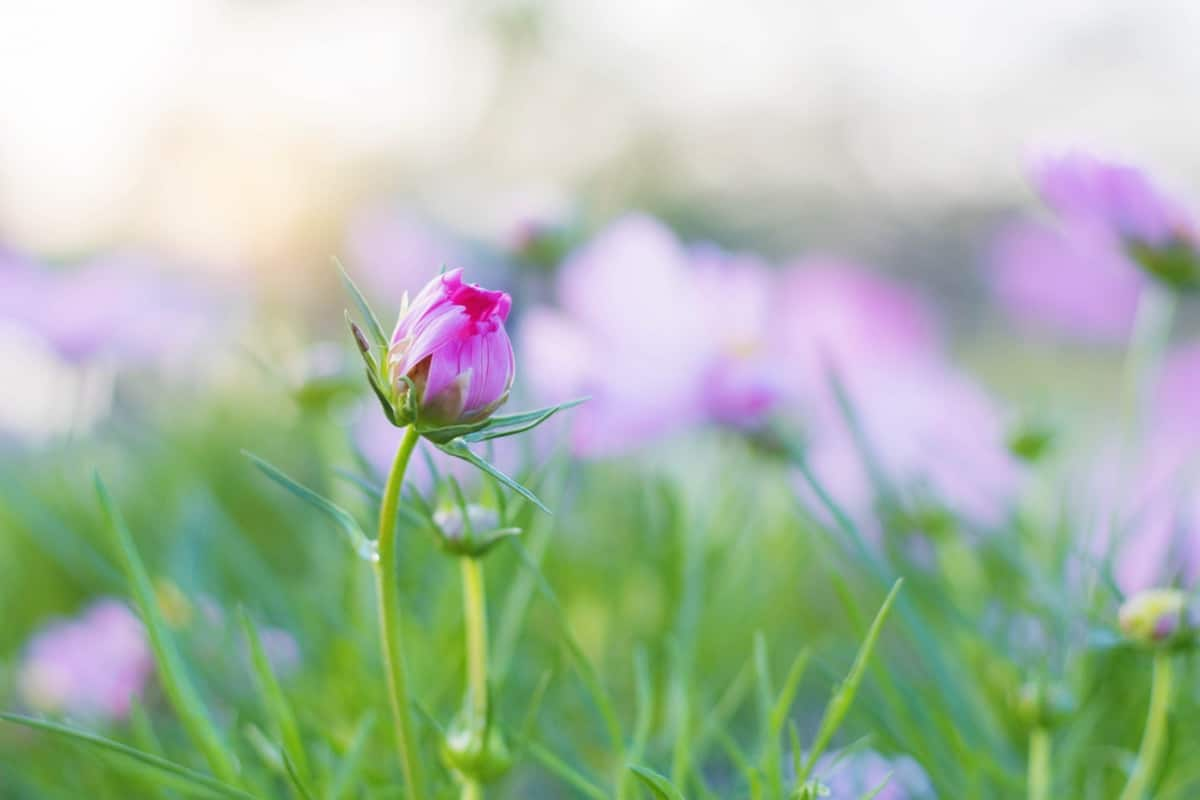In the world of horticulture, genetics plays a crucial role in bud development. Buds are the reproductive structures of plants, and the genetic makeup of the plant heavily influences their growth and quality. The genetic information contained within the plant’s DNA determines factors such as bud size, shape, color, aroma, and even the potency of the plant’s chemical compounds. By studying and manipulating genetics, breeders can enhance desirable traits in buds, such as increased yield, resistance to diseases, and improved flavors.

How to Get Bigger Buds During Flowering
Providing Optimal Lighting Conditions for Bud Growth
When it comes to bud growth, there are a few key factors to consider. Firstly, the intensity of light is important. Different plants have different light requirements, but in general, providing bright, indirect light is beneficial for bud development. Direct sunlight can be harmful and may cause damage to the buds.
Secondly, the duration of light exposure is essential. Most plants need 12 to 16 hours of light daily during their vegetative stage. However, during the flowering stage, it is recommended to reduce the light exposure to 8 to 12 hours daily to stimulate bud formation. Lastly, the quality of light matters. Plants primarily absorb and use red and blue light wavelengths. Therefore, using LED grow lights with a mix of red and blue bulbs can promote optimal bud growth.
Implementing Proper Nutrient Management for Enhanced Bud Size
Nutrients are vital in the growth and development of buds, resulting in larger and healthier blooms. To achieve this, it is essential to provide plants with a balanced combination of macronutrients and micronutrients. Macronutrients like nitrogen, phosphorus, and potassium promote overall plant growth, while micronutrients like iron, zinc, and manganese support specific metabolic functions.
Regular soil testing helps determine nutrient deficiencies and allows for targeted fertilization. Organic matter, such as vermicompost or well-rotted manure, can improve soil structure and nutrient availability. Additionally, foliar feeding with liquid fertilizers can provide a quick nutrient boost. Adequate watering and proper drainage also contribute to nutrient absorption and utilization.
Maintaining Ideal Temperature and Humidity Levels in the Flowering Stage
Maintaining ideal temperature and humidity is crucial during the flowering stage of plants. To ensure optimal growth and blooming, the temperature should be maintained between 20-25°C. This range provides the right conditions for flowers to develop and bloom without stress. Additionally, maintaining the humidity level between 40% and 60% is important.
In case you missed it: How to Increase Mango Flowers: Encouraging Techniques, Tips, and Effective Methods

Higher humidity can lead to mold and disease, while lower humidity can cause dehydration and hinder growth. Regular monitoring and adjustments of temperature and humidity levels using a thermometer and hygrometer are essential for creating the ideal environment for flowering plants.
Employing Advanced Training Techniques to Maximize Bud Development
One effective technique is topping, which involves removing the top part of the stem to encourage lateral growth and promote the number of bud sites. Another technique is super cropping, where stems are gently bent to promote the growth of new branches and increase bud production. Additionally, using trellises or nets can help support the weight of the buds, preventing them from sagging and increasing overall yield.
Training techniques such as low-stress and high-stress training can also be employed to control plant height and create an even canopy, ensuring that all buds receive sufficient light. Finally, employing techniques like defoliation and pruning can help improve airflow and light penetration, leading to healthier buds.
Ensuring Sufficient Air Circulation and Ventilation in the Grow Space
Ensuring sufficient air circulation and ventilation is crucial for maintaining a healthy environment in a growing space. Proper airflow helps prevent the buildup of excess humidity, which can result in mold and disease in plants. It also helps distribute fresh air, carbon dioxide, and other essential nutrients to the plants.
To achieve this, it is important to have an efficient ventilation system in place. This can include using fans, vents, and exhaust systems to circulate the air and remove stale air. Additionally, strategic placement of fans can help create a gentle breeze, which strengthens plant stems and promotes even growth. Regular inspection and maintenance of the ventilation is vital to ensure optimal air quality and plant health.
Managing Watering and Irrigation Practices for Larger Buds
Proper water management ensures that plants receive the right amount of moisture for optimal growth and bud development. To promote larger buds, it is essential to water plants deeply and infrequently, allowing the roots to reach deeper into the soil. This promotes the plant to grow stronger and develop bigger buds.
In case you missed it: How to Stop Mango Flower Drop and Fruit Drop: Effective Methods

Additionally, a drip irrigation system can help deliver water to the root zone directly, reducing water loss through evaporation. Monitoring soil moisture levels and adjusting watering schedules accordingly is important to prevent overwatering or underwatering, both of which can hinder bud growth.
Controlling Pests and Diseases to Prevent Bud Damage
Controlling pests and diseases is essential to prevent bud damage in various plants and crops. Pests such as aphids, mites, and caterpillars can feed on buds, causing deformities, stunted growth, and reduced yields. Diseases like fungal infections and bacterial blights can also affect buds, leading to discoloration, rotting, and eventual death.
It is crucial to implement integrated pest management strategies to prevent bud damage. This includes regular monitoring, proper sanitation, and timely application of appropriate pesticides or natural predators. Additionally, maintaining healthy plants through proper nutrition, watering, and pruning can enhance their resistance to pests and diseases, minimizing bud damage and ensuring optimal plant health.
Timely Harvesting Correctly to Achieve Maximum Bud Size
Harvesting at the right time ensures that the buds have reached their full potential in terms of size and quality. It is important to closely monitor the development of the buds and harvest them at the peak of maturity. Harvesting too early may result in smaller buds while harvesting too late can lead to over-ripening and reduced bud size.
Proper timing also allows for the preservation of the bud’s potency and flavor. The key is to observe the trichomes closely. When they turn milky or cloudy, it is a symptom that the buds are ready for harvest. At this stage, the buds have reached their maximum size and potency.
Utilizing Supplements and Enhancers to Boost Bud Growth
Utilizing supplements and enhancers can significantly boost bud growth in plants. These are formulated specially to provide the essential nutrients and compounds that promote healthy bud development. One popular supplement is a bloom booster, which contains high levels of phosphorus and potassium, essential for flowering plants.
In case you missed it: How to Pollinate Sunflowers: Hand Pollination, Natural Pollination Methods, and Tips

Another effective enhancer is a microbial inoculant, which introduces beneficial bacteria to the soil, improving nutrient uptake and overall plant health. Additionally, foliar sprays enriched with amino acids and vitamins can be applied directly to the leaves, stimulating bud growth.
Conclusion
In conclusion, getting bigger buds during the flowering stage requires proper nutrient management, optimal lighting, pruning and training techniques, temperature and humidity control, CO2 enrichment, watering and feeding practices, and selecting the right cannabis genetics. Growers can maximize bud growth and achieve a bountiful harvest by implementing these techniques, tips, and ideas.
- Feed Your Flock for Less: Top 10 Tips to Save on Chicken Feed
- Ultimate Guide to Ossabaw Island Hog: Breeding, Raising, Diet, and Care
- Hatching Answers: The Top 10 Reasons Your Chickens Aren’t Laying Eggs
- Eggs and Economics: Breaking Down the Cost of Raising Backyard Chickens
- Defend Your Greens: Proven Methods to Keep Iguanas Out of Your Garden
- Ultimate Guide to Cinnamon Queen Chicken: A Comprehensive Guide for Beginners
- Ultimate Guide to California Tan Chicken: Breeding, Raising, Diet, Egg-Production and Care
- Ultimate Guide to Marsh Daisy Chicken: Breeding, Raising, Diet, and Care
- 10 Types of Chicken Farming Businesses You Can Start for Profits